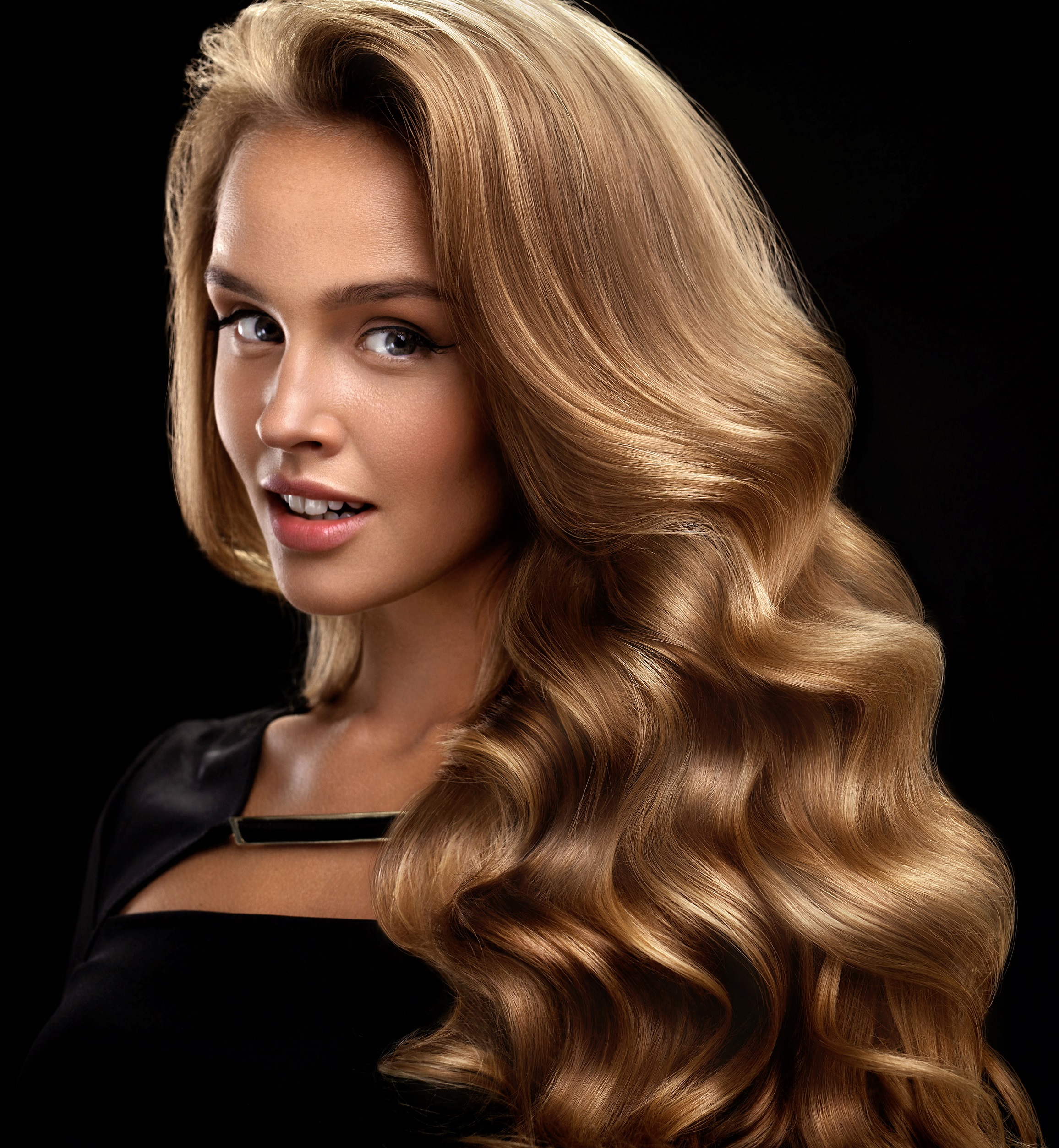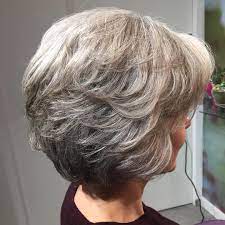
Are your long, luxurious locks ready to shine in front of a camera? Consider becoming a hair model. Hair models work for numerous brands and clients and typically work under contracts of their choosing. Many companies prefer their models to have long hair that can be styled in various ways. Furthermore, most brands require natural-colored locks; dyed locks may limit opportunities.
Hair Stylist
hair stylists working on models are key collaborators, and it is vital that they form a solid working relationship. Effective communication should take place and follow directions given from the photographer/client while taking good care to maintain and care for the model’s hair using products suitable for her type of locks.
hair models must also have an array of looks in their portfolio to demonstrate to potential clients that they can adapt to various situations and environments. Being comfortable changing their look for each gig, such as going from natural hair to having it cut short and colored bright hues, is key – potential clients should see that you have what it takes!
The final consideration is availability throughout a photoshoot or event; this includes attending rehearsals and fittings as well as participating in the actual shoot itself.
Photographer
hair models work closely with photographers to capture images that highlight their beauty. While this can be daunting for new models, following the direction of their director and taking time to perfect their look will allow for some amazing shots!
Submitting a portfolio for hair modeling work requires having healthy and vibrant locks that can easily be styled. Regular trims and the use of high-quality at-home hair care products will keep your locks in great condition; in addition, try out different hairstyles and colors since companies will likely have specific preferences in mind when reviewing submissions.
Cosmetology schools regularly host casting calls for hair models, and some provide online submission forms to make applying easier. You may also check social media or bulletin boards at these schools to see if there are any openings available for models.
Agency
As is the case with fashion models, hair models may pose on a runway or studio runway, appear in photographs and videos, at exhibitions and live demonstrations, and participate in expos and live demonstrations. Hair models must be comfortable sitting for long periods while being styled or colored by others. Furthermore, some assignments require them to alter their looks for different purposes – which means being adaptable when making changes on different assignments.
Male hair models must often wear facial hair styles such as beards or moustaches that they must feel confident about wearing. Furthermore, their hair must be kept healthy by visiting the hairdresser regularly, using products designed to nourish and protect strands effectively, and scheduling deep conditioning treatments when necessary.
Aspiring hair models can find work by browsing online classified sections or the free newspapers in their area. They should create a portfolio of photographs showcasing their versatility as models and the variety of looks they can do with their locks.
Client
Client of a hair model: this could be anyone from an unlicensed stylist to licensed cosmetologists with their KTP stamp of approval.
Apprentices usually find clients on their own. This could involve posting ads on Craigslist or using websites like Hair Model Finder to reach potential models, although care must be taken as the ads may contain errors and lack pertinent details, while some potential models could respond with unsuitable responses or potentially be flaky people. While it can be beneficial, apprentices must remain selective as ads could contain typos or lack essential data that could compromise your safety; be wary when responding.

